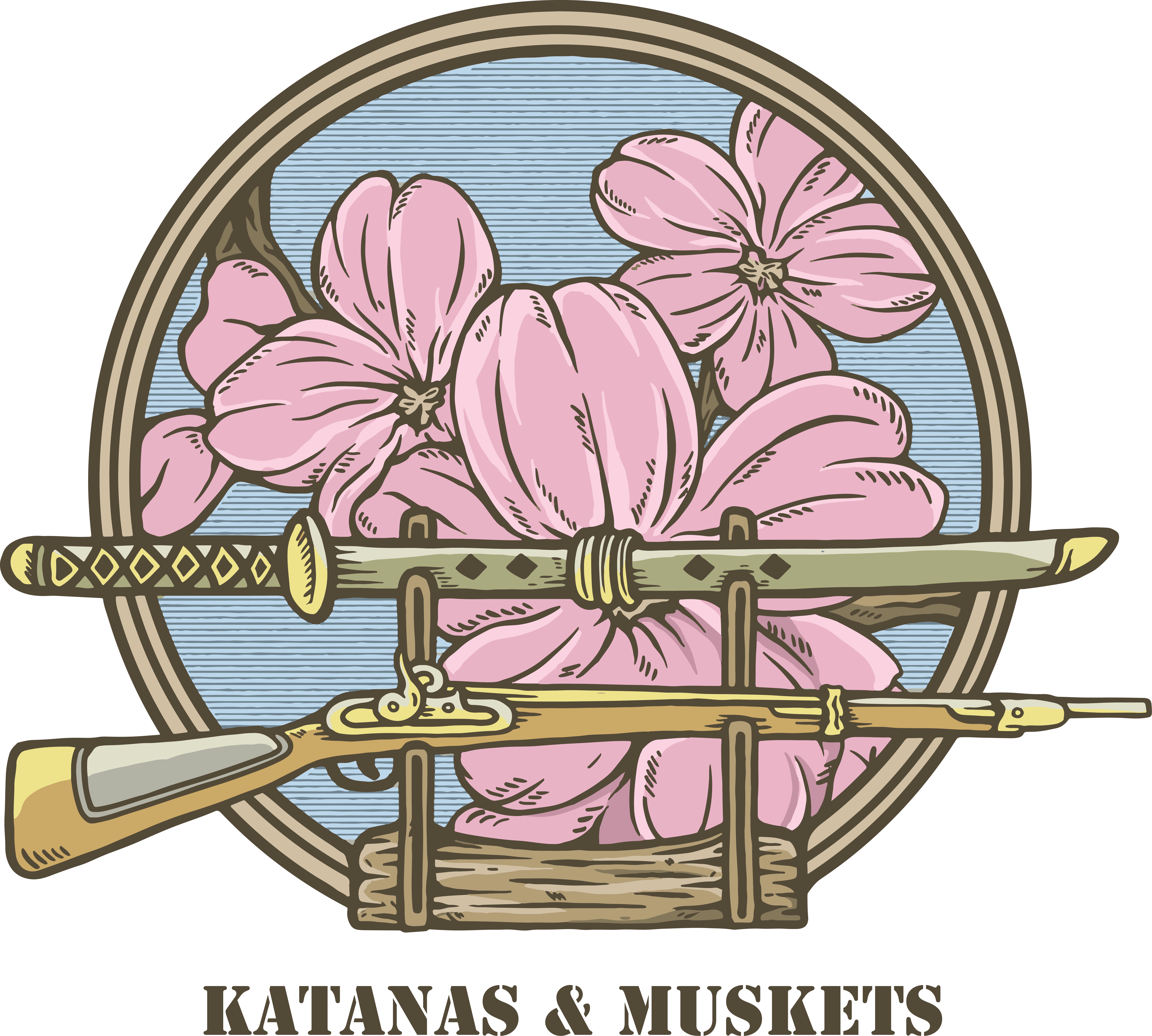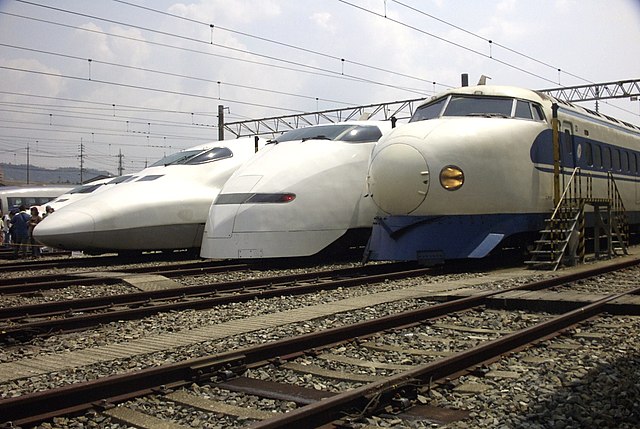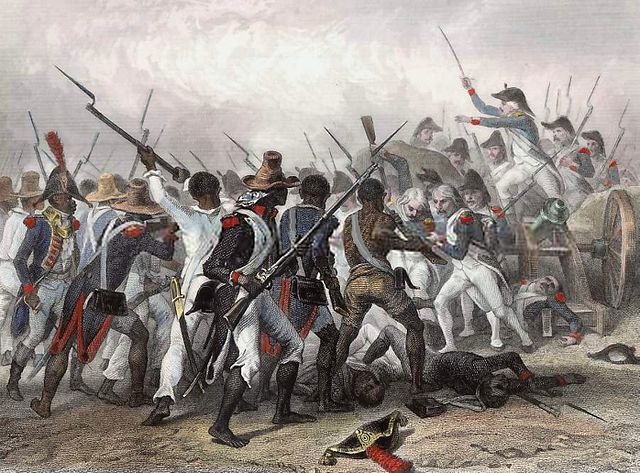With the rise of the Empire, World War I, and then World War II, which ended with the atomic bombings of Hiroshima and Nagasaki, the 20th century was a period of much change – some painful, some positive – for Japan.
After WWII, Japan was occupied by Allied (primarily American) forces for seven years – the first time Japan had ever been occupied by a foreign power – and American officials drafted an entirely new Japanese constitution. I recommend The Only Woman in the Room by Beate Sirota Gordon for a good book on the subject. Beate was one of only two women involved in the constitution’s drafting (the other was Eleanor Hadley, who isn’t remembered as well as Beate because the sections she wrote had to do with “boring” things like finance and economics while Beate had the honor of, against much resistance, working women’s rights into the document).[1]
During the occupation, the Americans intentionally and unintentionally introduced many elements of their culture to the Japanese. One example is baseball, which first came to Japan in 1872 and was popularized after the Meiji Restoration. The love of baseball (called “野球 (yakyuu)” in Japanese) being something Americans and Japanese had in common, Douglas MacArthur advocated for the sport’s revival.[2] Today, Japan has the second-highest average baseball game attendance behind the U.S., and some of the biggest stars in the MLB are Japanese. Team Japan also beat Team USA to win the 2023 World Baseball Classic.

American entertainment and media were also introduced to Japan during the occupation. According to the book Pure Invention by Matt Alt, Tezuka Osamu, the creator of “Astro Boy” (the first anime), was inspired by Snow White and Bambi, watching each movie dozens of times (some have nicknamed Tezuka the “Japanese Walt Disney”). Also, Imperial Japanese soldiers once found a copy of Fantasia onboard a conquered American ship. Seeking to learn more about the ways of their enemy, they watched the film. By the end, one of the soldiers burst into tears.
Hello Kitty, one of Japan’s most iconic characters and one of the most valuable brands in the world, was also inspired by American media/culture, most notably Snoopy from Peanuts and Hallmark stores (which also moved Hello Kitty co-creator Tsuji Shintaro to found Hallmark’s Japanese equivalent, Gift Gate).

American culture rubbed off on Japan in other ways. For example, the infamous Japanese “salarymen” were actually inspired by the drinking, smoking, briefcase-carrying American businessman (although Japanese salarymen never drank on the clock, going out drinking after work with colleagues or even superiors was – and in some cases still is – often an expectation).
What goes around, comes around
In the immediate years following WWII, it was America that was inspiring Japan. In the 1960s, however, with the occupation well over, Japan started forming its own identity again.
The Japanese economy flourished in the ’60s, ’70s, and ’80s due to the increased exports of electronics, appliances, automobiles, and entertainment, shaping the country into an economic and cultural superpower — and no country bought what Japan was selling quite like the United States.
By the 1980s, Japanese-made products and entertainment became commonplace in everyday American life. People drove Toyotas and Hondas, listened to Sony Walkmans, played Nintendo and Sega video games, and watched cartoons that American companies co-created with Japanese companies, like Thundercats and Transformers.

The influence became all the more real and tangible when Japanese conglomerates started buying out American companies. In 1989, Sony bought Columbia Pictures for $3.4 billion, marking the first time a Japanese company bought out a major Hollywood studio. Then Mitsubishi bought 51% of Rockefeller Center for $846 million. Earlier, in 1982, Ford Motors had sold one of its steel subsidiaries, Rouge Steel Company, to Nippon Kokan, Japan’s second-largest steelmaker.
Japan-U.S. trade war
The Japanese economy ascended so rapidly that it was biting on the heels of the American economy.
Japan had set the yen at a rate against the U.S. dollar that made it significantly cheaper for America to buy stuff from Japan.[3] This led to an imbalance in trade between the two nations that heavily favored the Japanese — by the end of the 80s, the U.S. was taking 33.8% of Japan’s exports while supplying 22.4% of its imports.[4] When the U.S. government asked Japan to limit the number of cars it exported, Japan’s response was to open facilities in Ohio and elsewhere so they could manufacture Toyotas and Hondas on American soil.

The American public’s response to Japan’s rise was fear and resentment. People began physically destroying Japanese-made products, like automobiles. A self-explanatory “Buy American” movement became widespread. Evidence of this paranoia can be found in some media, like the scene in Back to the Future Part II where future Marty gets fired by his Japanese boss.
A big part of the reason this Japanese boom happened was the U.S. looking the other way as Japan’s corporations took advantage of shortcuts and tax loopholes. The U.S. greatly valued Japan’s allegiance during the Cold War and didn’t want to rock the boat and risk Japan falling under the Soviet sphere of influence.
Things got very tense in 1987 when it came out that Toshiba had sold American machinery to the Soviet Union, which allowed the Soviets to make submarines that could avoid American detection. Toshiba claimed that the Soviets already had the technology and that similar technology had come to the USSR from the French. Still, Japanese police arrested two Toshiba executives, and the U.S. ceased purchasing Toshiba products for three years. This whole episode is known as the Toshiba-Kongsberg Incident.
Pop culture saves Japan
In 1991, after enjoying decades of unchecked growth and prosperity, Japan’s economy collapsed. The Bank of Japan’s hiking lending rates caused the asset price bubble to burst, and soon, consumer spending, wages, and GDP growth either plummeted or stagnated.[5]
New Korean and Chinese corporations rose to compete with Japanese firms, and from 1989 to 2018, the number of Japanese companies in the top 50 by market capitalization fell from 32 to just one (Toyota).
The Japanese would call this ten-year recession the “Lost Decade.”
Japan’s collapse didn’t just affect the board members of the big corporations — it damaged the psyche of the whole country. Unemployment reached record highs in what the Japanese called the shushoku hiyogaki — “The Ice Age of Employment.” An entire generation of children called hikikomori became increasingly socially isolated, refusing to go to school or even leave the house.
Something had to pull Japan out of this darkness, and what did it was something very different from corporate dominance — it was pop culture.
Japanese innovations in technology and entertainment in the 90s began shaping the modern world. Texting, emojis, portable music, and social media are all Japanese creations, and it was primarily the young women of Tokyo and beyond who embraced and promoted these new things and helped create a cultural boom to replace the economic one.
Women in Japan were already gaining confidence and autonomy during the prosperous 80s, and by now, they were fully ready to take the lead and try to succeed where the male-dominated society had failed (these gyaru, as they were called, wound up adopting Hello Kitty as a sort of feminist symbol). While gender equality remains a struggle in modern Japan, great progress has been and continues to be made.
America, meet anime
America re-enters our narrative here because American fascination with Japanese culture – which had been a thing since the two nations first made contact – reached new highs when the art mediums of manga and anime were introduced to the United States.
The 1988 film Akira helped popularize anime in the West, as did the 1989 premiere of the Dragon Ball TV series. Dragon Ball in particular (and its spinoffs) would become a global phenomenon, with the character of Goku becoming as iconic as traditional American superheroes like Superman, Batman, and Spider-Man.

But Dragon Ball would only be the first domino to fall. Americans fell in love with anime and manga, and they remain hugely popular in the States today. Franchises like Naruto, One Piece, and Demon Slayer have further contributed to the rise of anime in America, and today, 72% of Americans watch anime regularly (only a few points shy of topping Japan itself, where the number is 75%).[6]
Conclusion
Japan and the U.S. remain close allies, and the future remains bright for Japan-U.S. relations, especially as the two countries work to bring South Korea into the fold and improve trilateral cooperation. 84% of Americans have a favorable view of Japan[7], while 67% of Japanese have a favorable view of America.
Thank you for reading! If you enjoyed this post, please consider sharing, commenting, and checking out the other content on the site!
じゃあね! (Bye for now!)
Sources:
[1] History of Japan Podcast by Isaac Mayer – Episode 59 – The Only Women in the Room
[2] Samurai Baseball: A Look at the History of Japanese Baseball – Japan Powered
[3] Lessons For Today From The U.S.-Japan Trade War Of The 1980s : NPR
[4] Japan–United States relations – Wikipedia
[6] Anime Popularity by Country 2023 (worldpopulationreview.com)
[7] 84% of Americans view Japan positively, poll shows – The Japan Times
(Image 1) Mogami Kariya, CC BY-SA 2.0 https://creativecommons.org/licenses/by-sa/2.0, via Wikimedia Commons
(Image 2) MIKI Yoshihito, CC BY 2.0 https://creativecommons.org/licenses/by/2.0, via Wikimedia Commons
(Image 3) Original version:Shuichi Aizawa, Cropped version:Koh-etsu, CC BY 2.0 https://creativecommons.org/licenses/by/2.0, via Wikimedia Commons
(Image 4) LukaCali, CC BY-SA 4.0 https://creativecommons.org/licenses/by-sa/4.0, via Wikimedia Commons
(Image 5) TomH2323, CC BY 2.0 https://creativecommons.org/licenses/by/2.0, via Wikimedia Commons




Leave a comment